Like it? Share it…
Three and four year olds is the age range often called “preschoolers” or “kindies” in Australia, and it’s such a great age for fun and simple science activities – at preschool, at kindy, or at home!
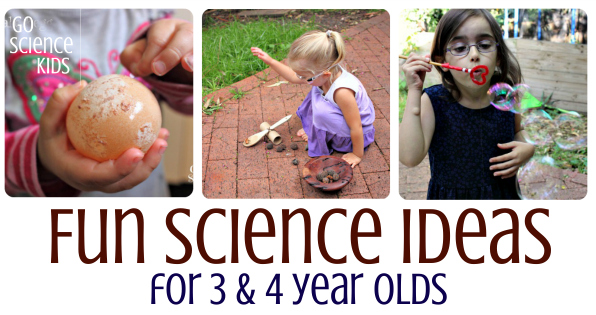
We’ve done lots of fun science (and STEM) projects that are age-appropriate for preschoolers at our place. We’re also adding more activities to this page as we try them, so pop back regularly to find our latest ideas! Or you might like to subscribe to receive fun science ideas via email.
Fun Science and STEM Activities for 3-4 year olds
 Can you dissolve the eggshell of a raw egg?
Can you dissolve the eggshell of a raw egg? Colour Changing Flowers Experiment
Colour Changing Flowers Experiment Delightfully Fizzy Sherbet
Delightfully Fizzy Sherbet Glowing Ice Cubes | edible, sensory, science, play
Glowing Ice Cubes | edible, sensory, science, play Fireworks in Oil & Water | Density science project for kids
Fireworks in Oil & Water | Density science project for kids C is for Catapult!
C is for Catapult! DIY Balance Scales for Toddlers and Preschoolers
DIY Balance Scales for Toddlers and Preschoolers Easy Upcycled Catapult {STEM goes green}
Easy Upcycled Catapult {STEM goes green} Swirling Milk Experiment
Swirling Milk Experiment How to make water beads GLOW!
How to make water beads GLOW! How to make Curds and Whey
How to make Curds and Whey Exploring Magnetism: easy magnet science experiment for kids
Exploring Magnetism: easy magnet science experiment for kids How to make Fluorescent Slime that Glows!
How to make Fluorescent Slime that Glows! Solid or Liquid?
Solid or Liquid? Homemade Violet Crumble {a delicious edible science project}
Homemade Violet Crumble {a delicious edible science project} Make a ‘snowy’ salt crystal tree
Make a ‘snowy’ salt crystal tree Autumn STEAM: tracing the veins of a leaf
Autumn STEAM: tracing the veins of a leaf DIY Pulley for the loungeroom stairs
DIY Pulley for the loungeroom stairs Make an erupting volcano for prehistoric small world play
Make an erupting volcano for prehistoric small world play What lives in dirt?
What lives in dirt? Design a Magnet Maze: a science + art activity
Design a Magnet Maze: a science + art activity Why Spiny Leaf Phasmids Make Great Insect Pets {and how to make a DIY enclosure!}
Why Spiny Leaf Phasmids Make Great Insect Pets {and how to make a DIY enclosure!} Shape Bubble Wands
Shape Bubble Wands Planet Earth Craft
Planet Earth Craft Edible Fizzy Science with Anzac Biscuits
Edible Fizzy Science with Anzac Biscuits Which flowers absorb the most vibrant colours?
Which flowers absorb the most vibrant colours? How to make Butter & Buttermilk: edible science for kids
How to make Butter & Buttermilk: edible science for kids DIY Magnetic Marble Run for the Fridge Door
DIY Magnetic Marble Run for the Fridge Door Salt Crystal Paper Snowflakes!
Salt Crystal Paper Snowflakes! Static Science: Help Daddy Balloon grow a beard
Static Science: Help Daddy Balloon grow a beard DIY Heart Shaped Bubble Wand
DIY Heart Shaped Bubble Wand Hands-on Geometry with Magna-Tiles
Hands-on Geometry with Magna-Tiles Mushroom Spore Prints: nature science for kids
Mushroom Spore Prints: nature science for kids Can you start a fire with a magnifying glass?
Can you start a fire with a magnifying glass? Bicoloured Flowers
Bicoloured Flowers Review: Geomag Color & Geomag Glitter
Review: Geomag Color & Geomag Glitter Exploring Taste with Watermelon
Exploring Taste with Watermelon Sweet vs Sour: Confuse Your Taste Buds with Miracle Berries
Sweet vs Sour: Confuse Your Taste Buds with Miracle Berries Anatomy of a ladybird craft – with movable elytra and hidden wings!
Anatomy of a ladybird craft – with movable elytra and hidden wings! How to make Fizzy Old-Fashioned Lemonade
How to make Fizzy Old-Fashioned Lemonade Make a Christmas tree magnet maze game
Make a Christmas tree magnet maze game Castle in the Clouds: science & imaginative play
Castle in the Clouds: science & imaginative play Easter Egg Bubble Wands
Easter Egg Bubble Wands Ladybird Life Cycle Craft: Learning about Metamorphosis
Ladybird Life Cycle Craft: Learning about Metamorphosis Christmas STEAM: Magnetic Jingle Bell Tree
Christmas STEAM: Magnetic Jingle Bell Tree How to adjust safety glasses to fit toddlers & young kids
How to adjust safety glasses to fit toddlers & young kids Salt Crystal Ghosts
Salt Crystal Ghosts What happens if you add Pineapple to Jelly (or Jell-O)?
What happens if you add Pineapple to Jelly (or Jell-O)? Christmas Tree Bubble Wand {& bubble physics}
Christmas Tree Bubble Wand {& bubble physics} Salt Crystal Hearts
Salt Crystal Hearts Comparing Seeds – a Nature Study Science Activity
Comparing Seeds – a Nature Study Science Activity How to Dye Multicoloured Flowers in Red, White and Blue
How to Dye Multicoloured Flowers in Red, White and Blue Visiting Questacon {Australia’s National Science and Technology Centre} with Kids!
Visiting Questacon {Australia’s National Science and Technology Centre} with Kids! Zooming Hearts
Zooming Hearts Measuring Height with Magna-Tiles
Measuring Height with Magna-Tiles Visiting Sea Life Sydney Aquarium with Kids
Visiting Sea Life Sydney Aquarium with Kids Book Review: Ada Twist, Scientist
Book Review: Ada Twist, Scientist Visiting the Australian Museum {with Kids!}
Visiting the Australian Museum {with Kids!} Ariel as a Scientist colouring-in page
Ariel as a Scientist colouring-in page Scienceworks Melbourne, with kids!
Scienceworks Melbourne, with kids! Visiting Manly Sea Life Sanctuary {with kids}
Visiting Manly Sea Life Sanctuary {with kids} Limeade and Orangeade Experiment
Limeade and Orangeade Experiment Exploring Measurement at a Cafe
Exploring Measurement at a Cafe Visiting Wildlife Habitat Port Douglas with Kids
Visiting Wildlife Habitat Port Douglas with Kids
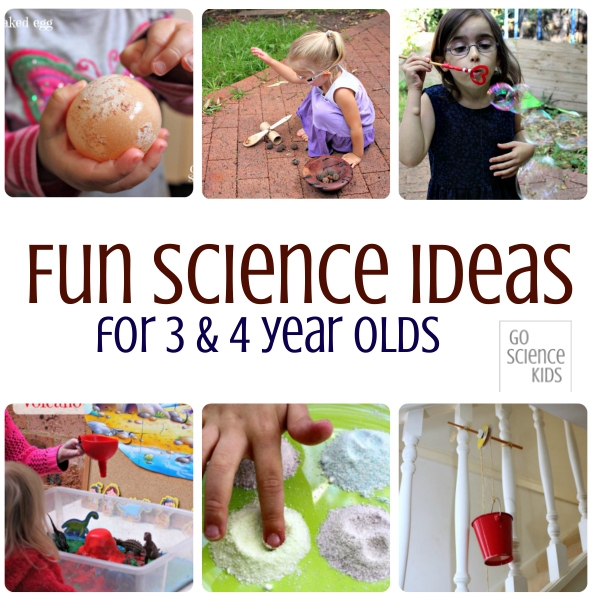
Want even more preschooler science activities?
If you are looking for MORE science ideas for preschool aged kids, you might also like:
- Make your own mini microscope using household items, on Childhood101.
- Can you dissolve a lollipop? From Fantastic Fun and Learning.
- Learn about prisms and make rainbows! From Buggy and Buddy.
- I’ve yet to meet a kid who doesn’t like making potions, and they are such a fun way to explore safe chemical reactions in a play-based, hands-on way. Preschool Powol Packets has a cool Love Potion, Buggy and Buddy add dishwashing liquid to make their potions extra foamy.
- Baking soda and vinegar are such a winning fizzy combination with this age group. NurtureStore shows how her girls created glittery fizzing reactions in heart shaped molds (perfect for valentines day). Buggy and Buddy shows how you can add coloured vinegar with pipettes to create a beautiful fizzing work of art. Preschool Powol Packets has a sparkly explosions idea too!
- Here’s a cool way to make a DIY musical instrument that only one person can hear! The science of sound from KC Edventures.
- Are your kids curious about what causes frost and condensation? Here’s an easy way to recreate the effect in your own kitchen. From Look, We’re Learning.
- Rhythms of Play has a Fishing with Magnets idea that looks super fun!
- Here’s a cool water density experiment that uses oil and salt. From Buggy and Buddy.
- Set up a rock exploration centre to encourage a fascination with geology. From Buggy and Buddy.
- Here’s a taste-safe (if unusual) way to explore bubbles! From Preschool Powol Packets.
- Explore how salt affects ice, and how salt absorbs watercolour, at the same time! From Learning and Exploring Through Play.
- This simple colourful celery science demonstration is another way to observe how plants (and vegetables!) transfer their water and nutrients up through the plant. From Look We’re Learning.
- Are there any wild carrot (Queen Anne’s Lace) flowers growing near your place? Fireflies and Mudpies colours them blue, yellow and green. So pretty! NurtureStore does a similar experiment with chrysanthemums. (These are similar to the one we did with gerberas and then again with a variety of white flowers to see which would absorb the colour best.
- You can also observe how different types of seeds grow. NurtureStore shows how you can germinate bean and pea seeds so that you can study the transformation from seed to plant.
- The reaction between milk, dishwashing liquid and food colouring is always a pretty one, but it seems noone knows what to call it! We called ours Swirling Milk. Best Toys for Toddlers calls their version Milk Marbling. Messy Little Monsters call their version Magic Milk Fireworks. Either way, it’s sure to impress!
- The ‘walking water experiment’ is a fun science experiment for this age group, demonstrating both colour mixing and capillary action (or capillarity) as the coloured water moves against gravity up the paper. So cool! Apple Green Cottage show how to do the classic version with glass jars and paper towel. Royal Baloo experiments with hot and cold water and different types of paper.
- Here’s a fun hands-on way to study the phases of the moon with playdough or modeling clay. They point out some cool things to look out for too. From KC Edventures.
- Here’s a fun STEAM (STEM + Art) activity – design your own sun prints! My girls would love this. From Creative Family Fun.
- Another science craft idea – make a tissue paper butterfly, whose wings flap with static electricity. Science fun! From I Heart Crafty Things.
- Can you use rubber bands to explore gravity? How far will they stretch if you hang different things from them? From Planet Smartypants.
- Get creative with some Epsom Salt paintings and see a crystal surprise as they dry! From One Creative Mommy.
- Can you make constellations from marshmallows and toothpicks? (I’d suggest buying a few extra, as some may ‘disappear’ during the construction the process). From Munchkins and Moms.
- Make your own galaxy i-spy bottle, and practice learning planet names. From Best Toys 4 Toddlers.
- The Chaos and the Clutter has a simple ice experiment – what makes ice melt fastest? My 3.5 year old happened to spot this activity on my computer, and then wanted to do it straight away. And so we did! Fun!
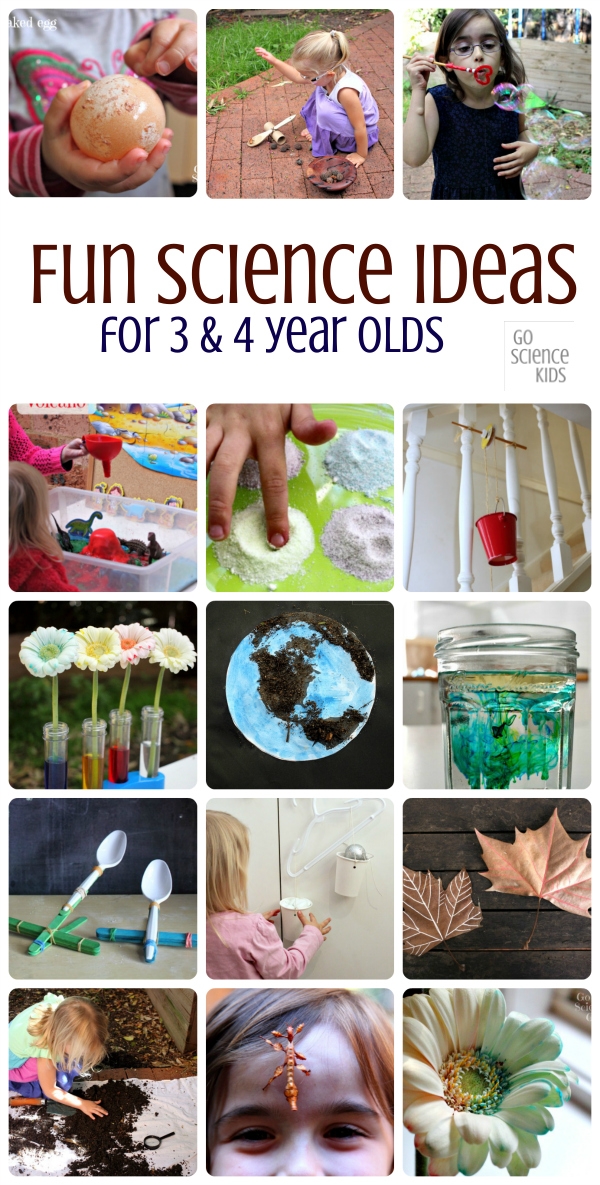
Want even EVEN more ideas?
You could check out the ideas on our Science for 1-2 Year Olds page – minor variations can make many of these ideas still fun for an older age group. (My kids always like repeating experiments and activities that they did when they were younger – they just tend to play with it in a different way.)
We also have a Science for 5-6 Year Olds page – preschooler aged kids will likely need help from an adult for most of these ideas though.
All these and MORE are pinned on my Fun Science for Kids Pinterest board.
Which of these science activities do you think your 3-4 year old might enjoy?
Please note…
All kids’ activities on this blog require attentive adult supervision. Parents and carers will need to judge whether a particular activity is appropriate their child’s age and skill level. Click here for more information.

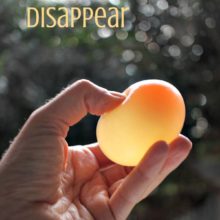
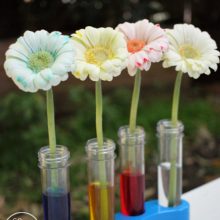
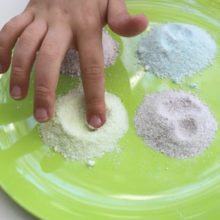
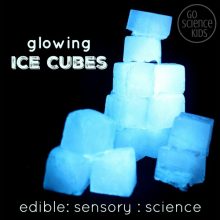
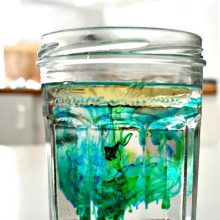
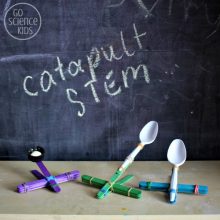
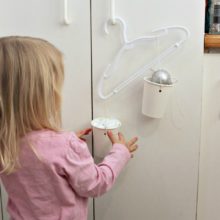
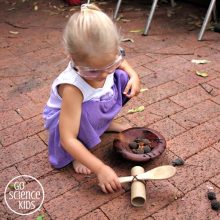
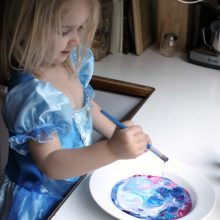
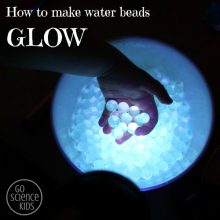
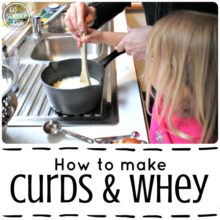
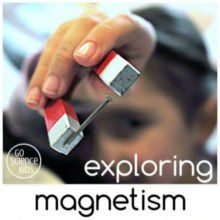
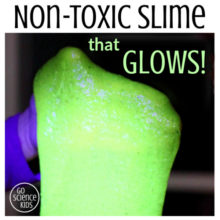
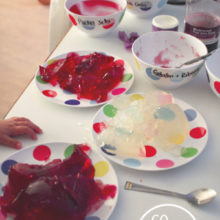
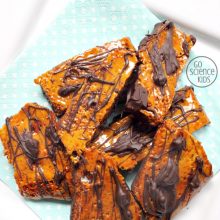
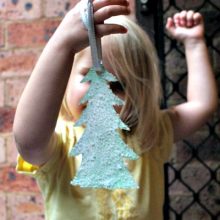
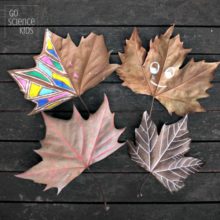
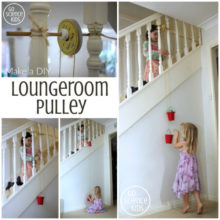
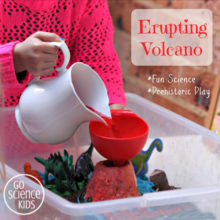
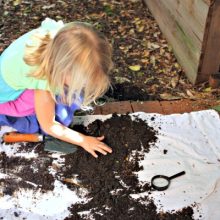
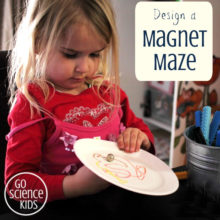
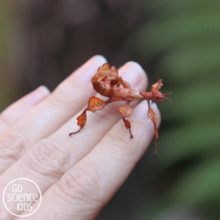
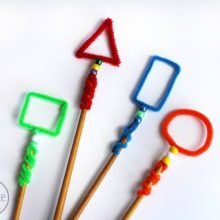
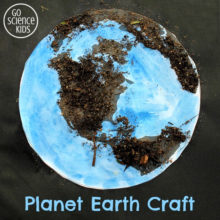
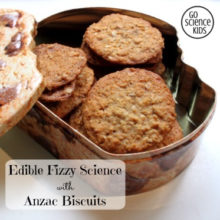
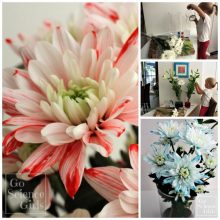
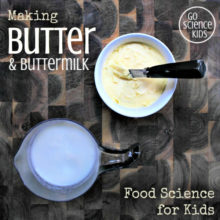
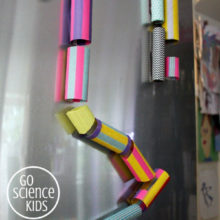
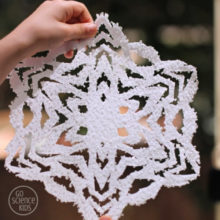
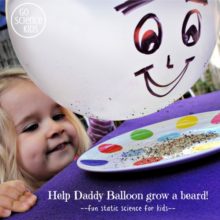
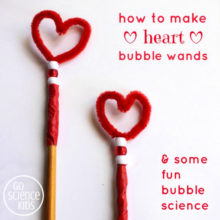
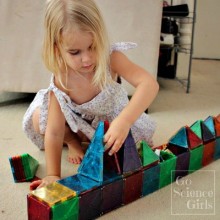
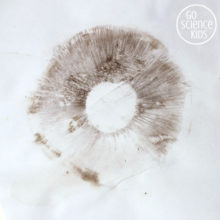
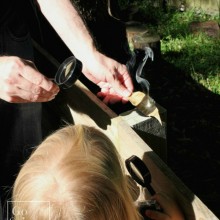
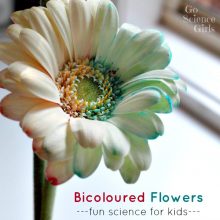
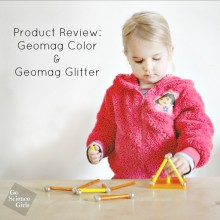
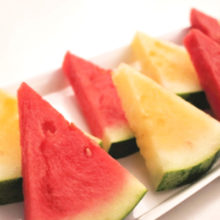
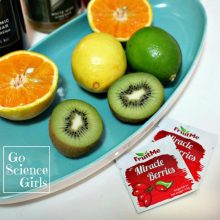
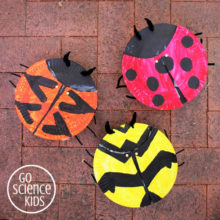
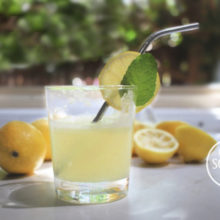
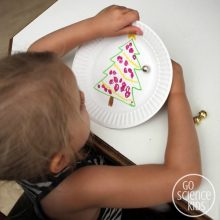
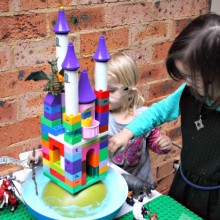
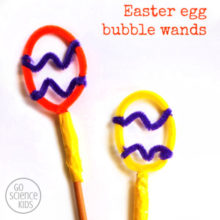
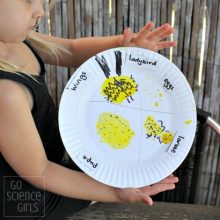
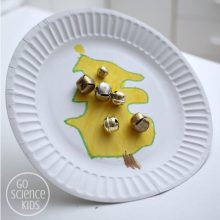
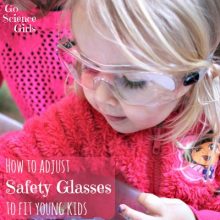
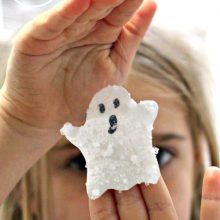
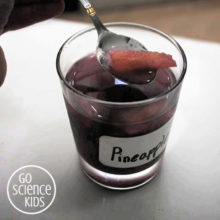
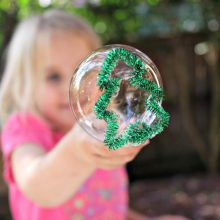
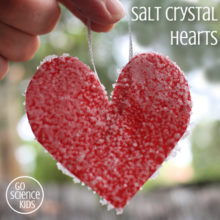
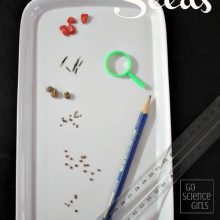
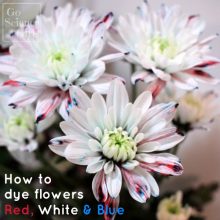
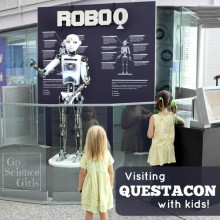
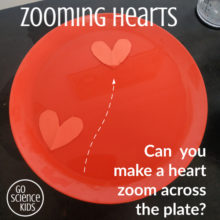
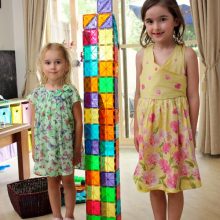
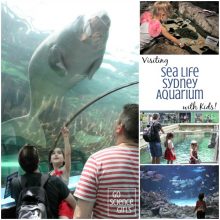
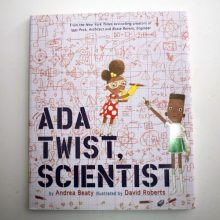
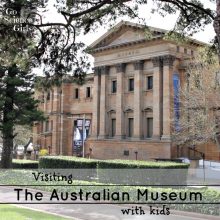
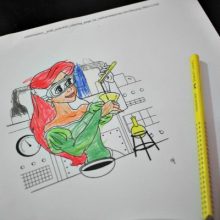
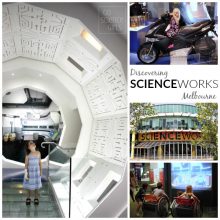
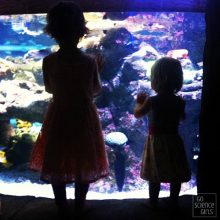
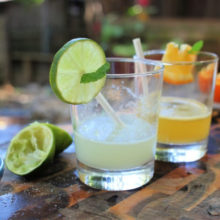
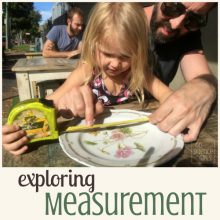
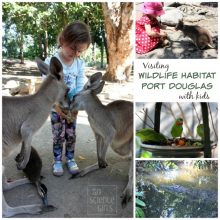
#
Wow! There are so many great ideas to visit and try on this page! I’m pinning this so I can come back.
#
Thanks Amie!
#
Looks like there are cool ideas here but none of the “read more” links seem to work.
#
Thank you so much! These are so well written, the pictures are great to help follow along and I really appreciate you putting a little bit of the science explanation with them.
#
Thanks Jackie, I’m so glad you like them!